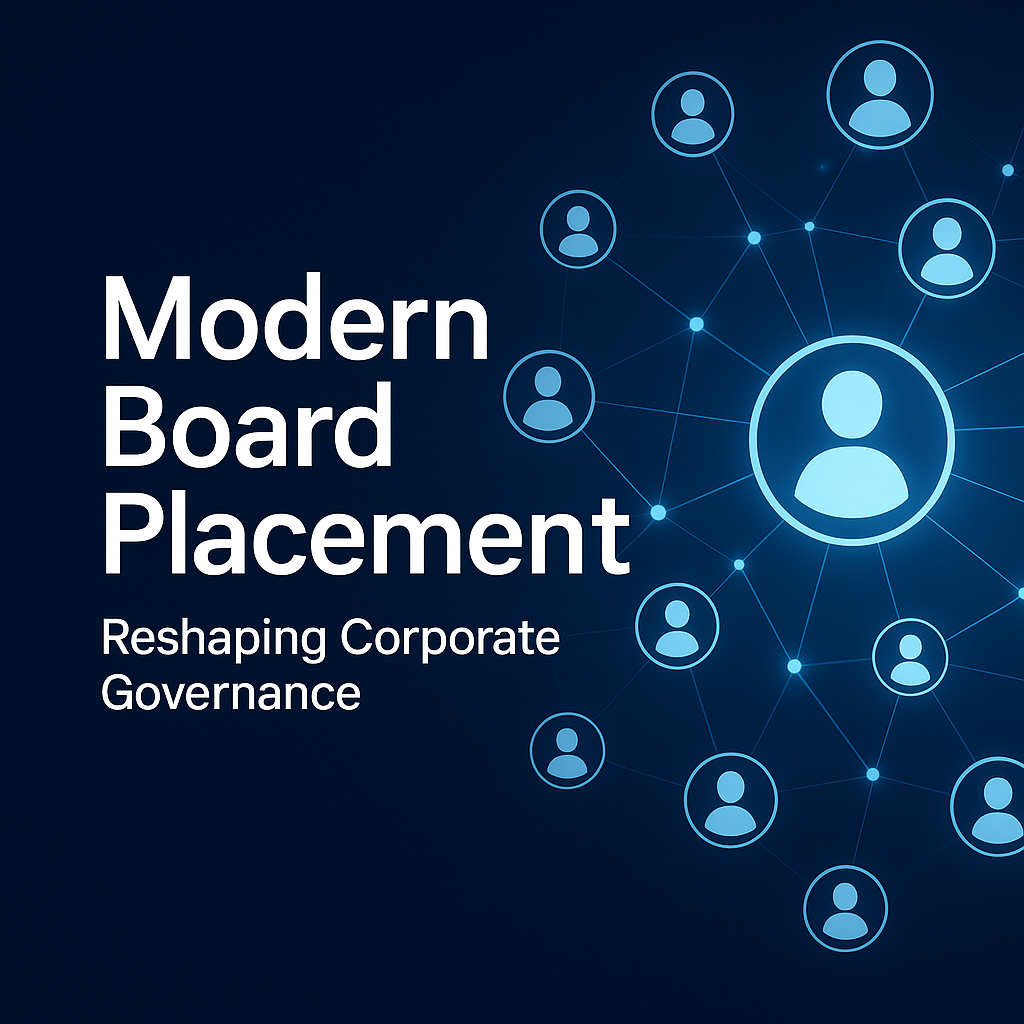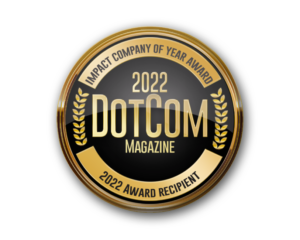By: James Rodriguez
Why do some companies soar while others struggle to find solid ground? Often, the answer lies in the quality of their leadership. In today’s fast-paced tech industry and beyond, identifying high-impact leaders is essential. Effective leadership can unlock an organization’s potential, driving innovation and growth like nothing else can.
As industries evolve, the demand for exceptional leaders who can navigate challenges and seize opportunities has never been greater. But how do you spot these game-changing figures? Leaders from Boardsi, a premier platform creating connections between executives and top companies, explore strategies to identify and cultivate high-impact leaders, ensuring elite boardrooms are exceeding their potential.
Understanding High-Impact Leadership
High-impact leadership is a transformative force that propels organizations forward. In the tech industry and beyond, it can turn challenges into opportunities and drive sustainable growth. High-impact leaders possess certain traits that enable them to guide their teams toward success. At the core, these leaders are visionaries. They see the big picture and inspire others to strive toward shared goals.
“These traits form the backbone of strong leadership,” says a Boardsi executive. “They empower leaders to inspire their teams, spark innovation, and drive organizational success.”
Diverse leadership is a crucial element for fostering creativity and solving complex problems. When different perspectives come together, they create a rich tapestry of ideas. This diversity can lead to more innovative solutions that single-minded teams might overlook.
Investing in diversity is a business imperative. In tech and beyond, harnessing the unique strengths of a diverse leadership team can unlock untapped potential. These leaders are trailblazers guiding organizations to new heights.
Identifying Potential Leaders
Spotting high-impact leaders is like finding gems in a vast ocean; you need the right tools and a keen eye. Leaders are not always the ones with the loudest voices or the flashiest results. Often, they are the ones quietly steering the ship through stormy waters.
Identifying potential leaders starts with the use of assessment tools. These tools provide a structured way to gather insights about employees, offering a deeper understanding of their capabilities and leadership potential. The key is to interpret the data they provide with an eye towards identifying those ready to take the helm.
Sometimes, the best way to find leaders is to watch them in action. Observing how employees behave in real-world settings can be more telling than any test or score.
During team projects or when tackling challenging assignments, observe which employees naturally take charge. Look for problem-solvers who propose solutions. Not every problem is a nail; not every solution is a hammer. Creative problem-solvers find new paths when old roads are blocked. Empathy and communication are telling indicators of leadership.
Pay attention to those who listen well, understand team dynamics, and balance differing viewpoints. Lastly, passion and energy levels are contagious. Those who bring enthusiasm to work, regardless of role or task, often inspire others to do the same. Passionate employees are like sparks that can ignite a fire of motivation and drive throughout the team.
Notes a Boardsi leader, “With the combination of structured assessment tools and keen observation, we’re able to unlock boardroom potential that might otherwise go unnoticed.”
Cultivating Future Leaders
The call for high-impact leaders has never been more urgent. Cultivating these ensures a culture of innovation and adaptability continues. Mentorship and coaching programs are like the secret sauce in the recipe for successful leadership. They create a bridge between current and future leaders, allowing for the transfer of wisdom, experience, and skills.
Think back to when you learned how to ride a bike. It might have been daunting at first, but with someone guiding and encouraging you, the task became more achievable. In the same way, mentorship provides a safe space for emerging leaders to ask questions, make mistakes, and develop confidence.
By pairing seasoned leaders with new talent, mentoring programs offer invaluable support. The efficacy of mentoring often depends on the structure and commitment from both parties. Regular meetings, clear objectives, and open communication are key.
Learning is a journey, not a destination. For future leaders, this journey involves a commitment to lifelong learning. Companies that prioritize these learning avenues often find that their leaders are better equipped to handle challenges. They are prepared for today’s problems and proactive in anticipating tomorrow’s demands.
To truly unlock the potential of future leaders, organizations need to invest in these developmental efforts consistently. It’s akin to investing in the roots of a tree; when nurtured properly, they allow the tree—and in turn, the company—to flourish.
The Future of Leadership in Tech
As technology continues to evolve, the future of leadership in the tech industry promises to be an exciting and transformative journey. The tools and strategies that have shaped leadership roles in the past are now rapidly changing, opening up new opportunities and challenges. Understanding these changes is crucial for those aspiring to lead and innovate in the ever-evolving tech field.
In the digital age, leaders are no longer just decision-makers; they are visionaries guiding their teams through complex technological landscapes. The need to embrace technological advancements is reshaping what it means to be a leader in tech. These skills will be the compass guiding them through the tech landscape, enabling leaders to turn obstacles into opportunities.
The shift to remote work has brought a seismic change to how we think about leadership. As the boundaries of the traditional office dissolve, leaders are tasked with managing teams that are spread out geographically but connected digitally. Remote work has forced leaders to rethink their approaches.
“Leaders need to master the art of clear and effective communication,” says an executive from Boardsi.
In this new environment, emotional intelligence is critical. Leaders must be attuned to the personal and professional challenges their teams face while working remotely. Without daily in-person interactions, building and maintaining trust becomes paramount. Leaders should focus on creating a culture of accountability and support. Recognizing and accommodating the diverse needs of a distributed team fosters a more productive and engaged workforce.
The remote work revolution is reshaping leadership styles, pushing leaders to adopt a more holistic approach that combines technology, empathy, and adaptability. As we continue to navigate this new work environment, future leaders will be those who can seamlessly integrate these elements into their leadership toolkit.
To ensure lasting success, consider how your organization can continue to evolve by investing in leadership development. Think about how you can create pathways for emerging leaders and explore how diverse perspectives can contribute to dynamic leadership teams.
Published By: Aize Perez
#LeadershipDevelopment #HighImpactLeadership #TechInnovation #FutureLeaders #Boardsi #ExecutiveLeadership









